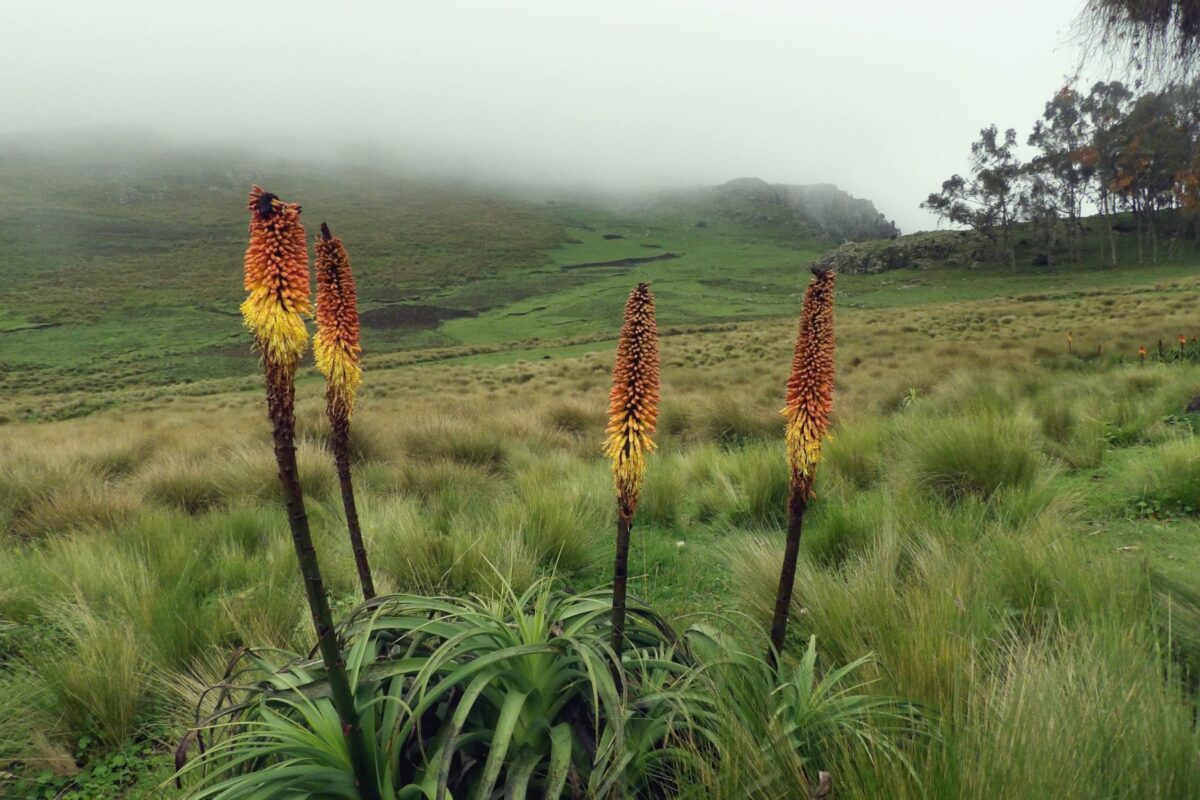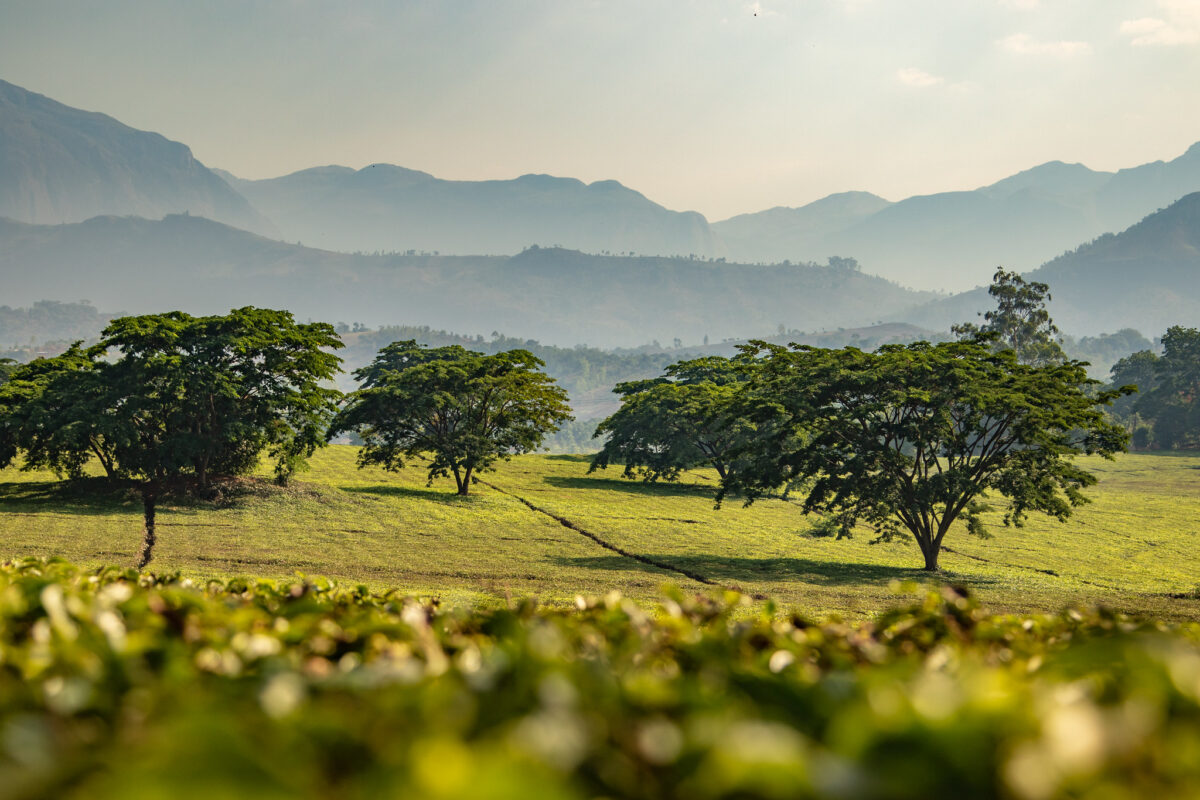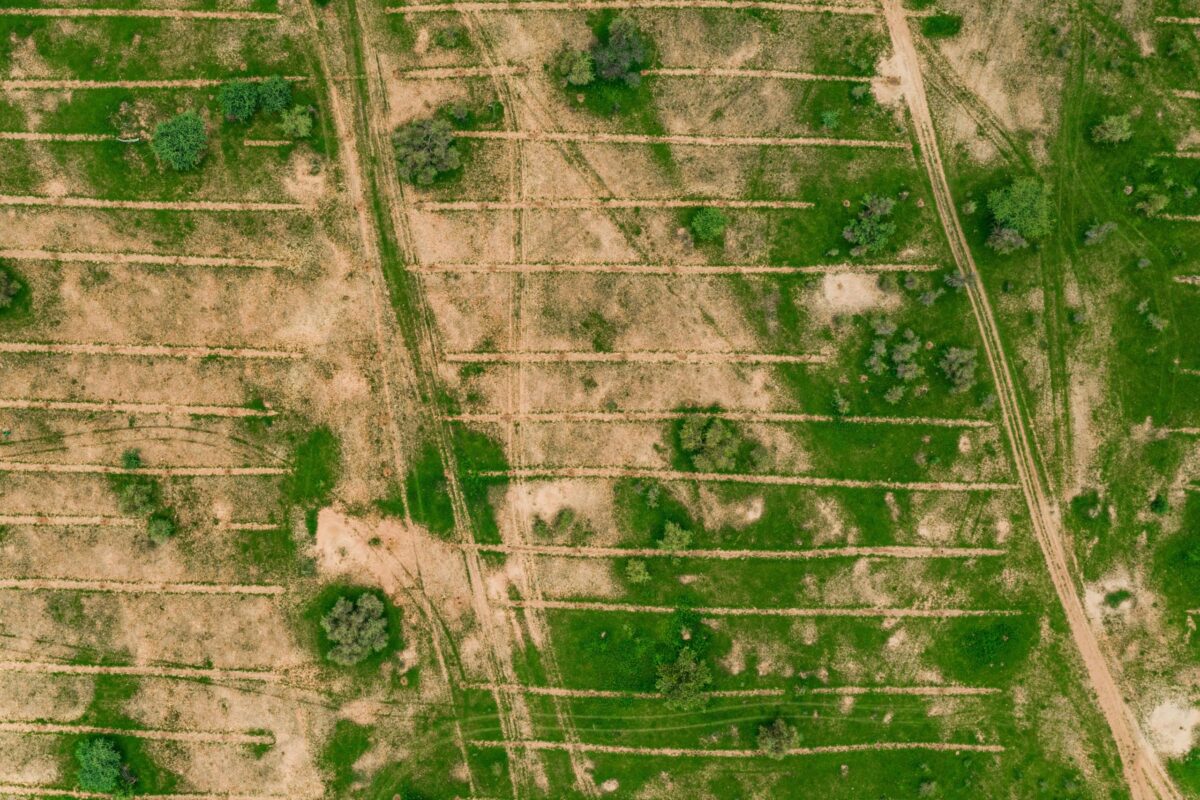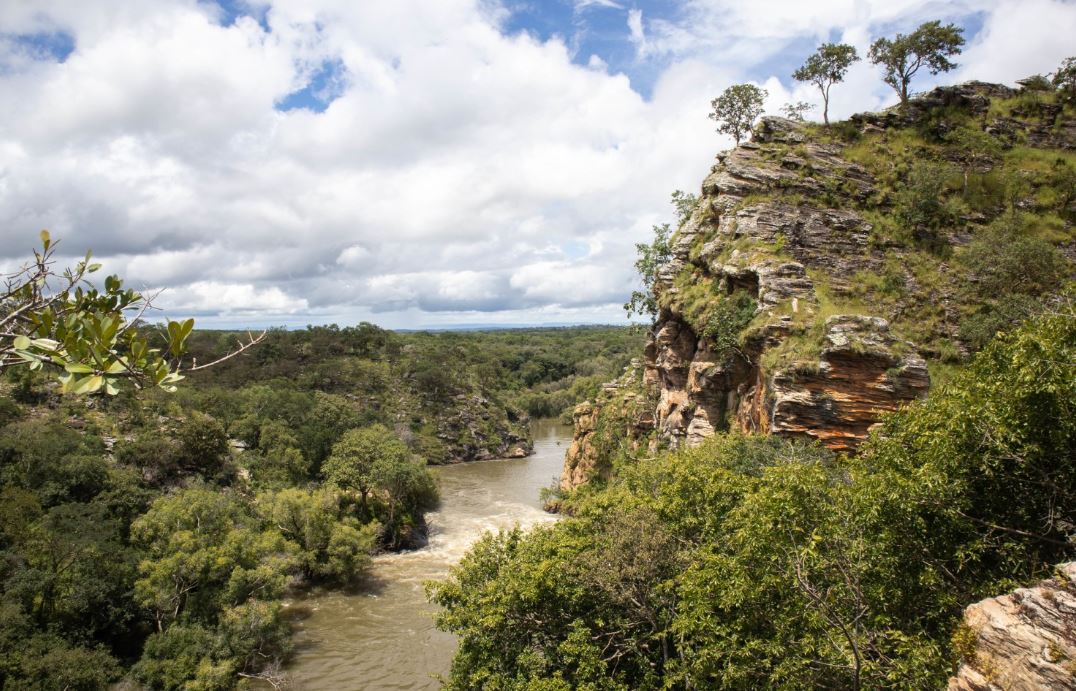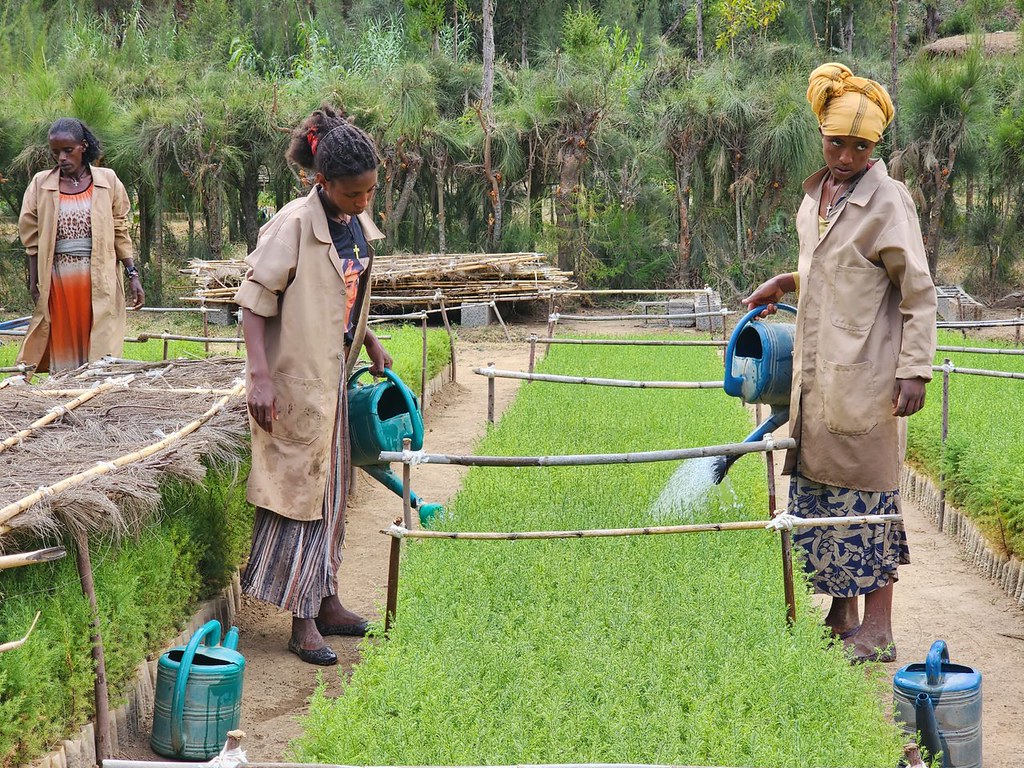Sakani and her family have a 9 hectare subsistence farm where they grow vegetables and maize – a staple across the Luanshya district in the Zambian Copperbelt. Sakani recently joined the forest restoration program and has committed to return one hectare on the farm to forest through assisted natural regeneration.
Why? The stream that used to run through her land all year, now dries up for a number of months. Some of the ways trees and forests contribute to the hydrological cycle are common knowledge e.g. facilitating infiltration of precipitation through soils to recharge the groundwater; the alternative being runoff, topsoil erosion, perhaps flooding. There is less awareness of the role forests have in actually triggering precipitation. Tiny organic particles released by trees ascend into the upper atmosphere, presenting surfaces on which water vapor can condense, thus creating clouds and subsequent precipitation. (Clouds additionally reflect solar energy back into space, providing a natural cooling effect.) These tiny particles account in part for the greater extent of precipitation over the worlds dense ‘RAIN’ forests.
Sakani and her community are restoring forests as a way to recharge their water resources. Additionally, to increase biodiversity and pollinators for their crops and a secure food supply. Food and water – simple basics which are being disrupted by deforestation and climate change. As a response to both global and local issues, the restoration work undertaken by Sakani’s community is simple, cost efficient and effective.
The farms of Sakani and the other 550 farmers in the programme are visible here outlined in white.


